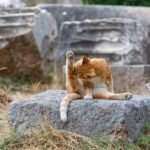Cats have long held a special place in the hearts of humans. Their mysterious nature, grace, and independence have made them subjects of fascination across cultures and time. From the sacred temples of ancient Egypt to the mystical tales of Norse mythology, cats have been woven into the fabric of human mythology and legend. These tales not only highlight the unique characteristics of cats but also provide insight into the cultures that revered them.
Cats in Ancient Egyptian Culture
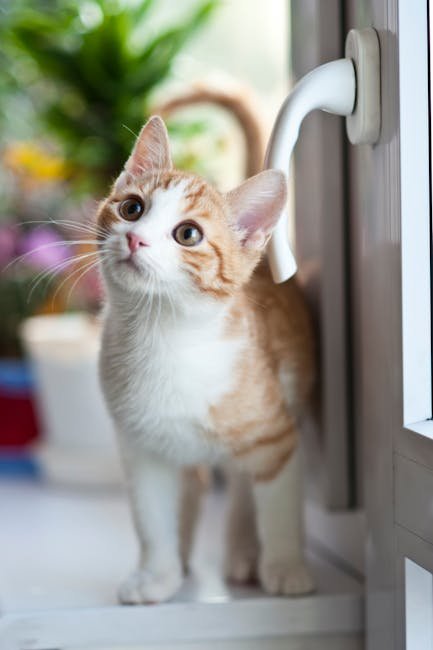
In ancient Egypt, cats were considered sacred. Revered as symbols of grace and power, they were often associated with the goddess Bastet, a deity who was depicted with the head of a lioness or domestic cat. Bastet was the goddess of home, fertility, and protection, and her feline companions were believed to ward off evil spirits. Egyptians even went so far as to mummify cats and bury them with their owners, ensuring they would be together in the afterlife. This reverence for cats highlights their integral role in Egyptian society and religious life.
The Norse Goddess Freyja and Her Cats
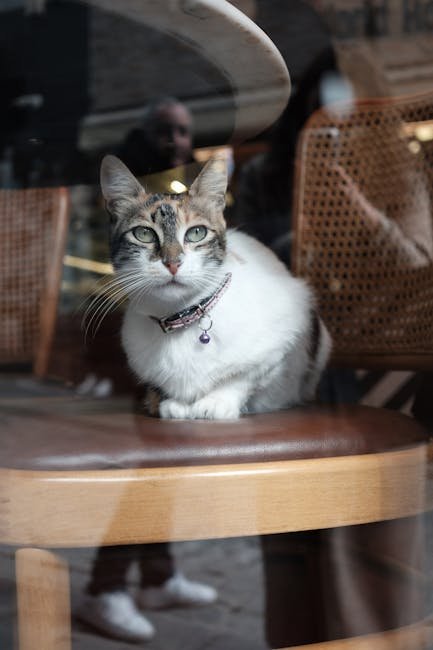
In Norse mythology, the goddess Freyja, associated with love, beauty, and fertility, was known to have a chariot pulled by two large cats. These cats, said to be of a breed resembling the modern Norwegian Forest Cat, were gifts from the god Thor. Freyja’s connection to cats signifies their importance in Norse culture as symbols of protection and prosperity. Cats were thought to bring good luck and were often kept on ships to ensure safe voyages.
Japanese Folklore and the Maneki-neko
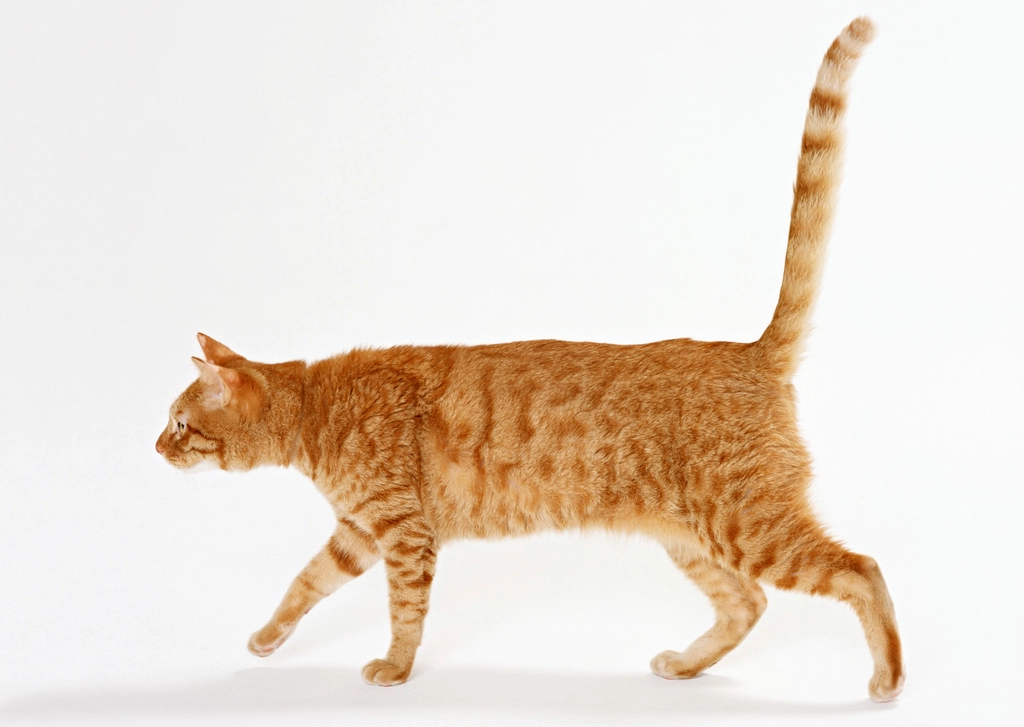
In Japan, the Maneki-neko, or “beckoning cat,” is a common talisman believed to bring good fortune and wealth. This iconic figure, often seen with one paw raised, has its roots in Japanese folklore. One popular legend tells of a poor monk who was saved by a cat that beckoned a wealthy lord to his temple during a storm, leading to prosperity for the monk and his temple. The Maneki-neko continues to be a beloved symbol of luck and protection in Japanese culture.
Irish Legends of the Cait Sidhe
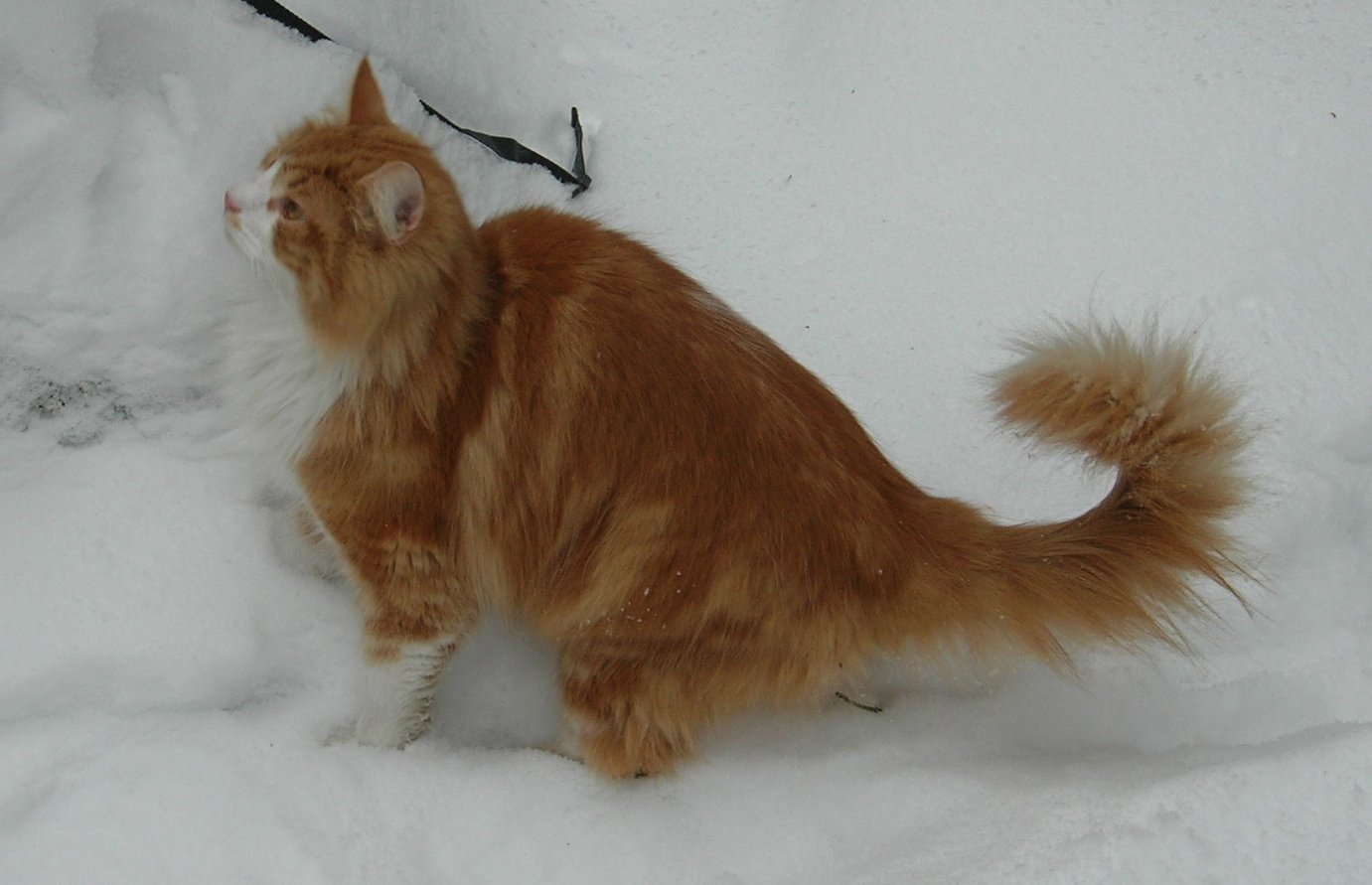
In Irish folklore, the Cait Sidhe is a mythical fairy cat said to be as large as a dog, with black fur and a white spot on its chest. These supernatural creatures were believed to roam the Scottish Highlands and had the ability to steal souls. As a result, people would take measures to ward off the Cait Sidhe during wakes, such as distracting it with games or music. Despite its fearsome reputation, the Cait Sidhe was also thought to bring blessings to those who treated it kindly.
Hindu Myths and the Cat Goddess Shashthi

In Hindu mythology, Shashthi is a goddess associated with childbirth and children, often depicted riding a cat. Cats are seen as her sacred animals, and their presence is believed to protect infants and mothers during childbirth. In rural India, stories are told of Shashthi coming to the aid of families in need, and offerings are made to her in the form of milk and sweets. This connection between cats and fertility underscores their significance in Hindu culture.
The Cats of Greek Mythology
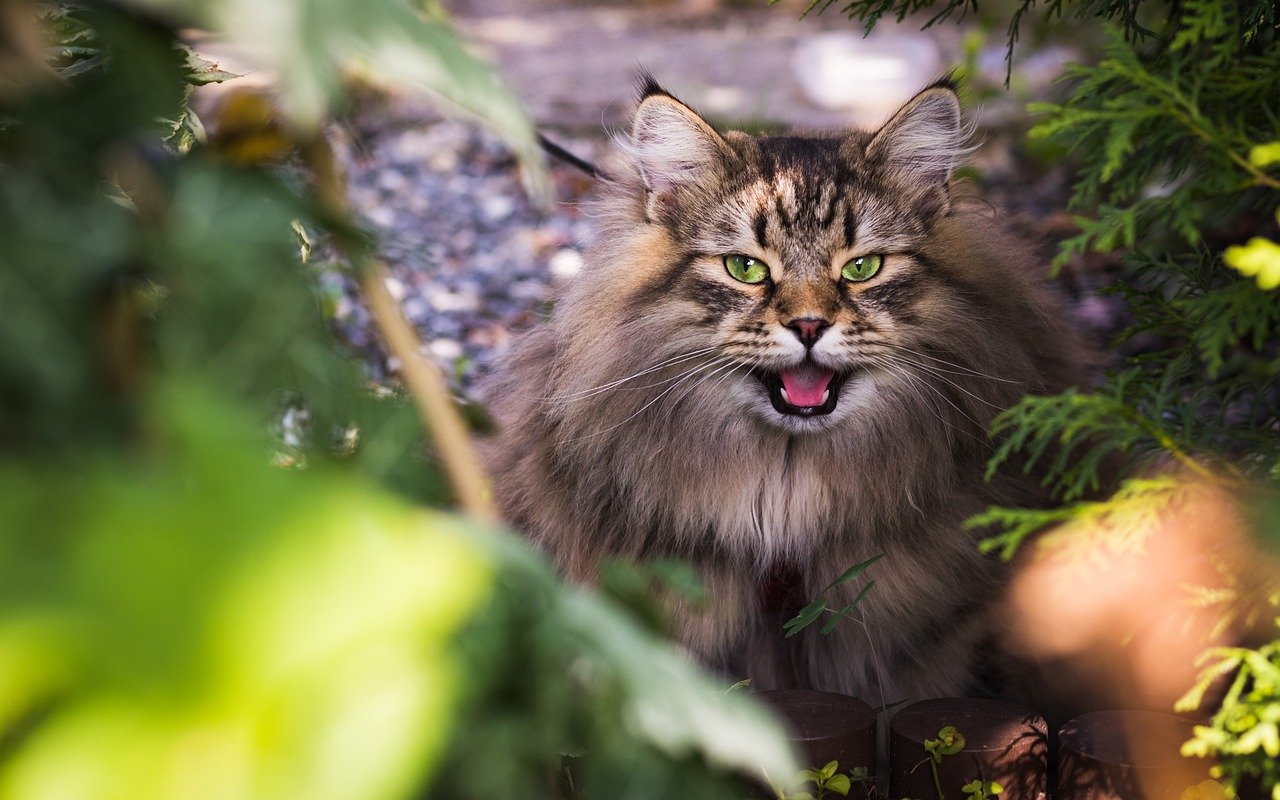
Cats are not as prominently featured in Greek mythology as in other cultures, but they do appear in various tales. One such story involves the goddess Hecate, who was associated with magic, witchcraft, and the moon. Hecate was believed to have a close connection with cats, which were seen as her companions and familiars. The Greeks admired the agility and cunning of cats, qualities that were often attributed to Hecate herself.
The Role of Cats in Celtic Myths
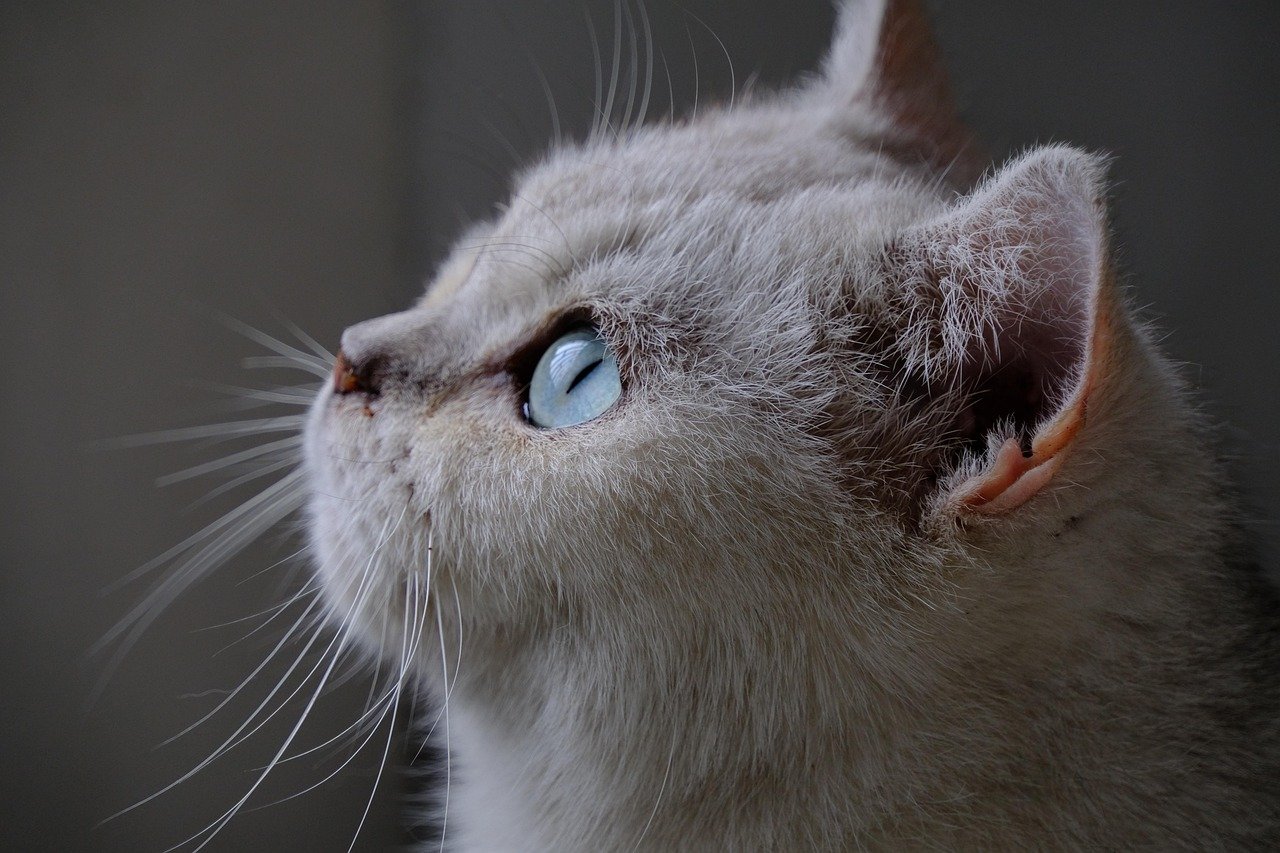
In Celtic mythology, cats were seen as magical creatures with the ability to travel between worlds. They were often associated with the Otherworld, a mystical realm inhabited by gods and spirits. Cats were believed to be guardians of the Otherworld’s secrets, and their presence in tales often signified a connection to the supernatural. The Celts held a deep respect for the independence and mystery of cats, which was reflected in their myths and legends.
Persian Legends and the Sacred Cat
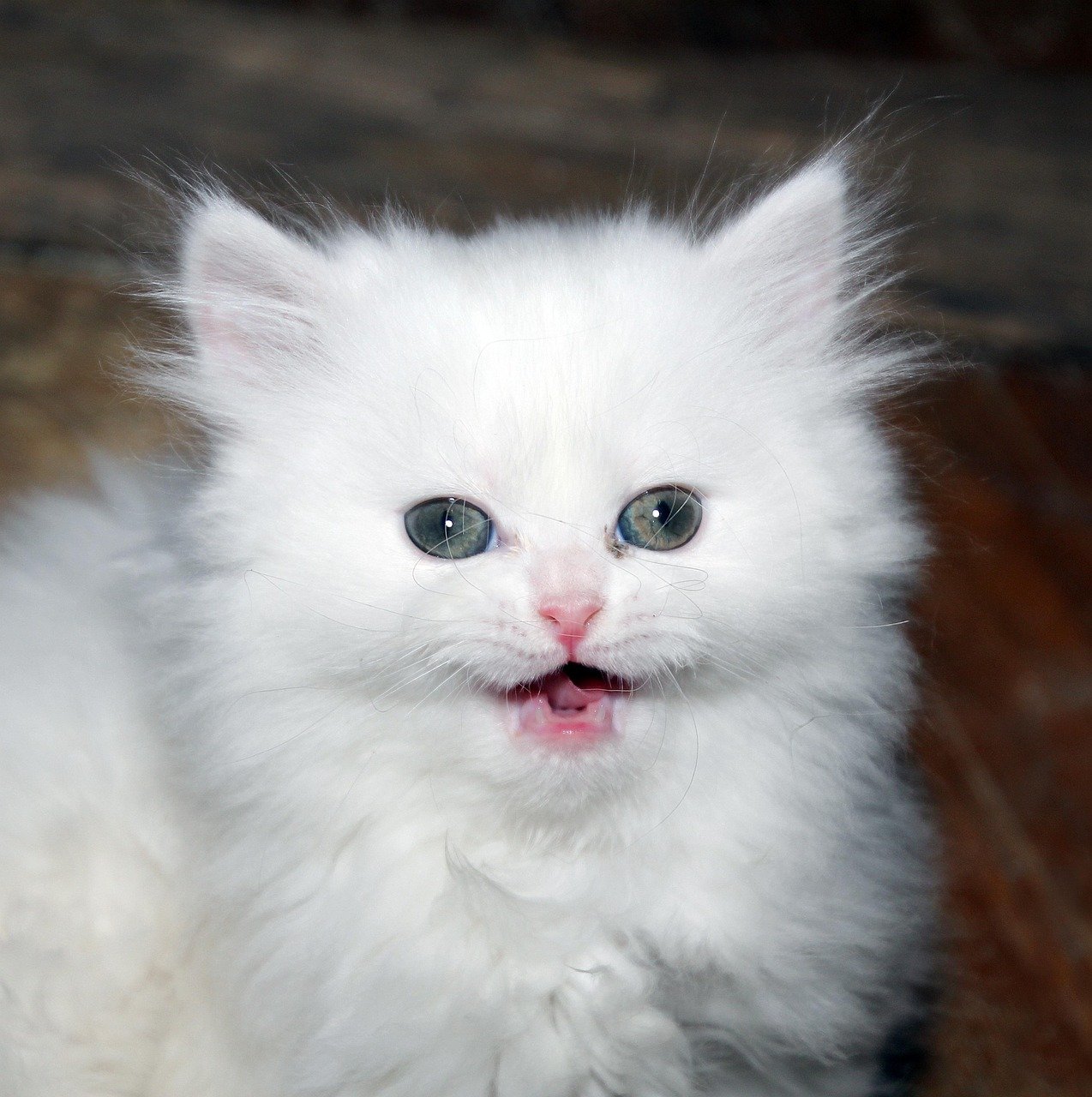
In ancient Persia, cats were considered sacred animals and were closely associated with the Zoroastrian religion. The prophet Zoroaster was said to have had a special fondness for cats, and they were often depicted in religious art and texts. Cats were believed to possess spiritual insight and were thought to bring good fortune to those who cared for them. This reverence for cats in Persian culture highlights their enduring significance across different civilizations.
The Cats of Chinese Mythology
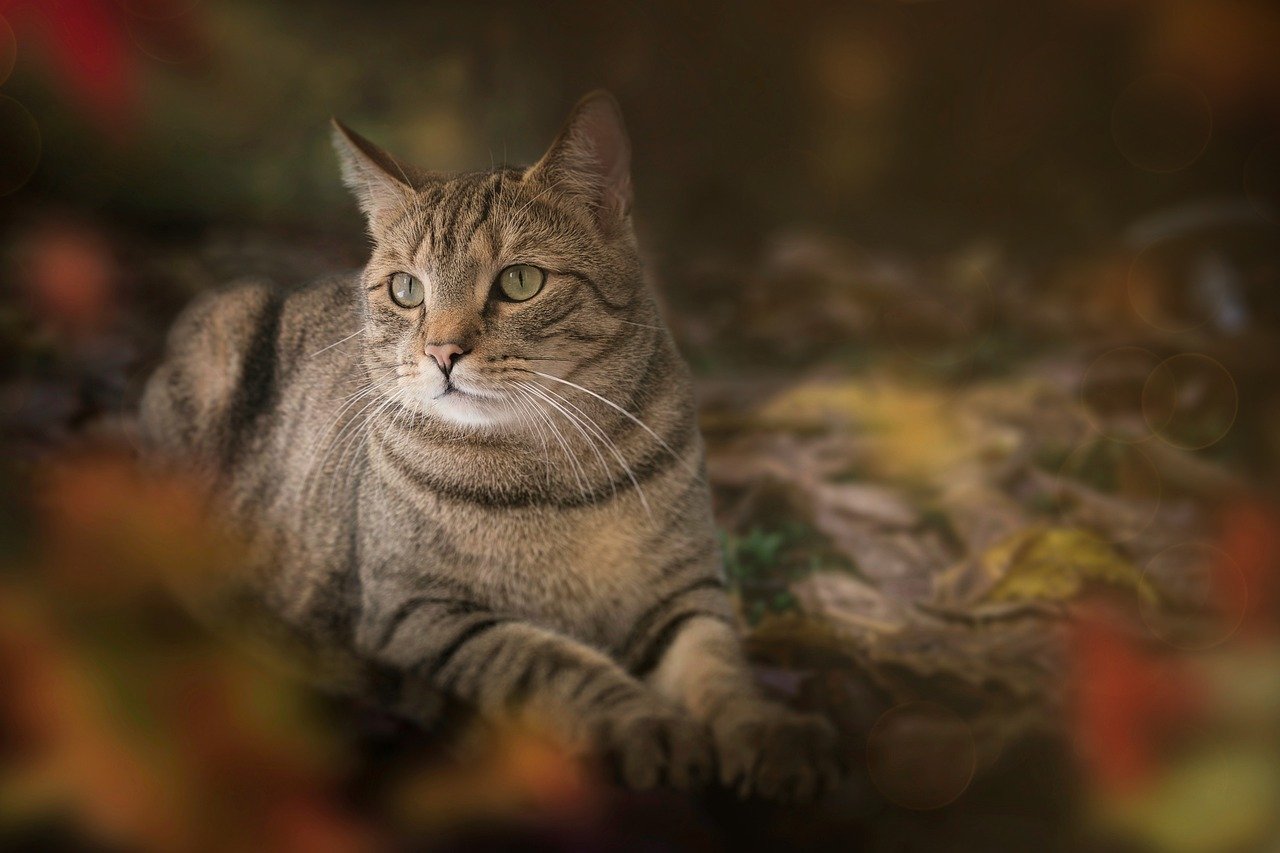
In Chinese mythology, cats are often associated with protection and prosperity. One popular legend tells of a cat that saved a village from a plague of rats, earning the admiration and respect of the villagers. Cats were seen as protectors of homes and granaries, and their presence was believed to bring harmony and balance. This connection between cats and protection is a recurring theme in many cultures, emphasizing their role as guardians.
The Symbolism of Cats in African Folklore
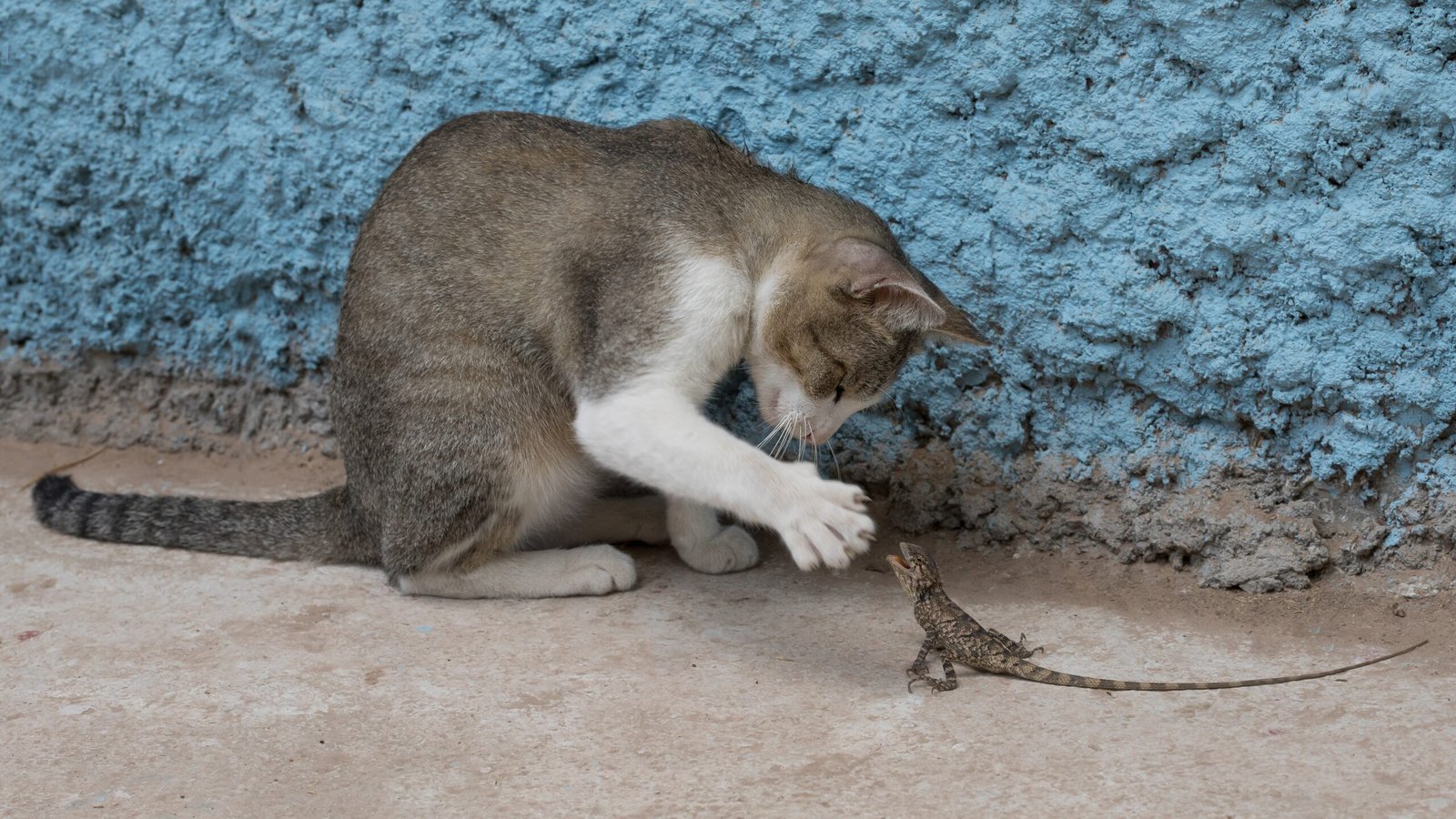
In African folklore, cats are often depicted as cunning and intelligent creatures. They are believed to possess the ability to outwit their enemies and are often featured in tales as trickster figures. In some African cultures, cats are seen as symbols of transformation and change, reflecting their adaptability and resilience. These stories highlight the unique qualities of cats that have captivated humans for centuries.
Aztec Beliefs and the Jaguar
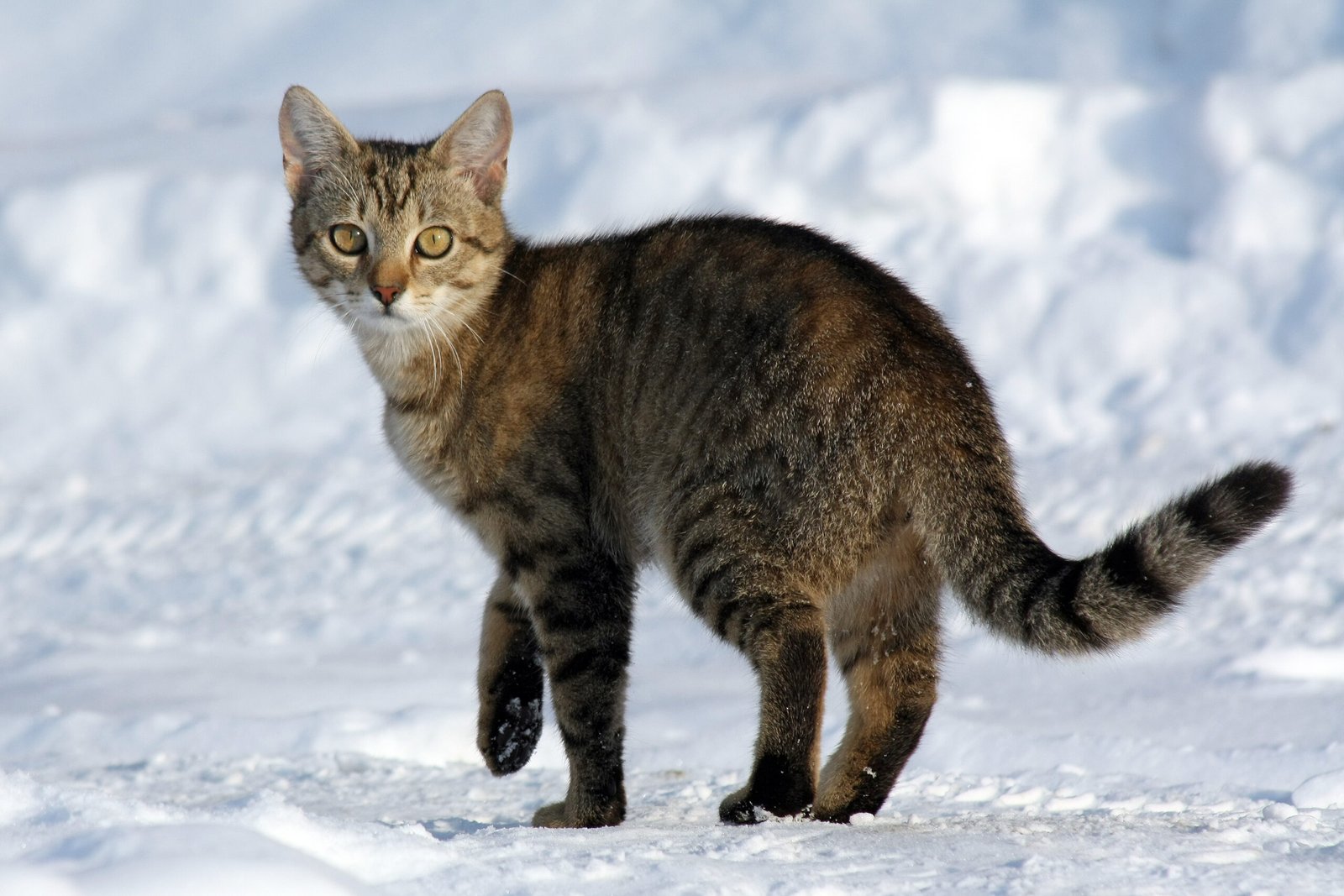
While not domestic cats, jaguars held a significant place in Aztec mythology. The jaguar was seen as a powerful and mystical creature, associated with the god Tezcatlipoca, a deity of the night sky and fate. The Aztecs believed that jaguars had the ability to traverse both the physical and spiritual realms, symbolizing strength and mystery. This reverence for big cats underscores their importance in Mesoamerican cultures.
Inuit Legends of the Cat Spirit
In Inuit mythology, the cat spirit is a shape-shifter known for its ability to navigate the harsh Arctic environment. Cats were believed to possess the power to communicate with spirits and guide humans through treacherous landscapes. These tales highlight the adaptability and resourcefulness of cats, qualities that have endeared them to humans across cultures and time.
Ancient Babylonian Myths and the Lion
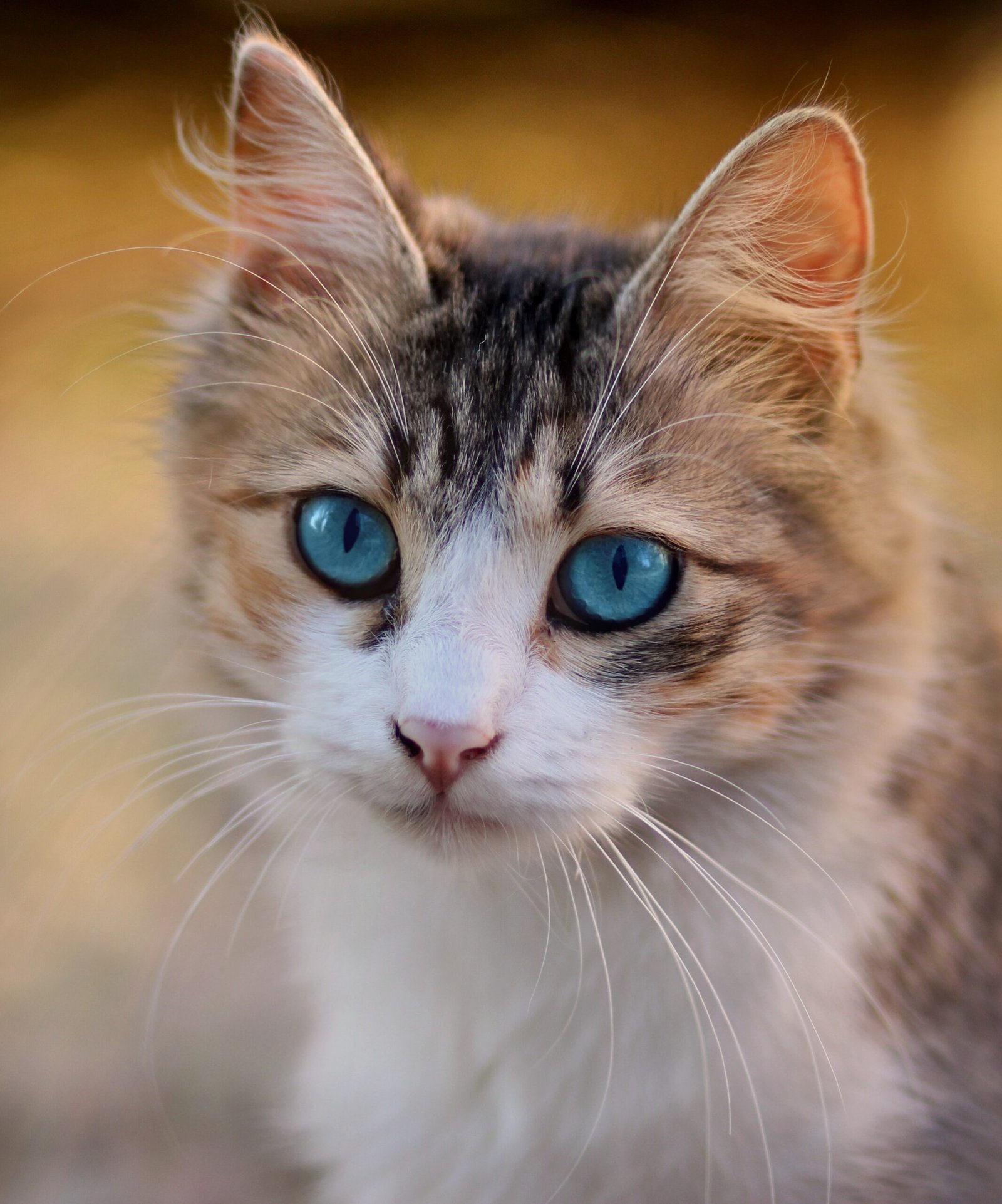
In Babylonian mythology, lions were revered as symbols of power and kingship. The goddess Ishtar, associated with love and war, was often depicted standing atop lions, showcasing their strength and ferocity. While not domestic cats, the lion’s presence in Babylonian myths underscores the cultural significance of feline creatures in ancient societies.
The Cats of Roman Mythology
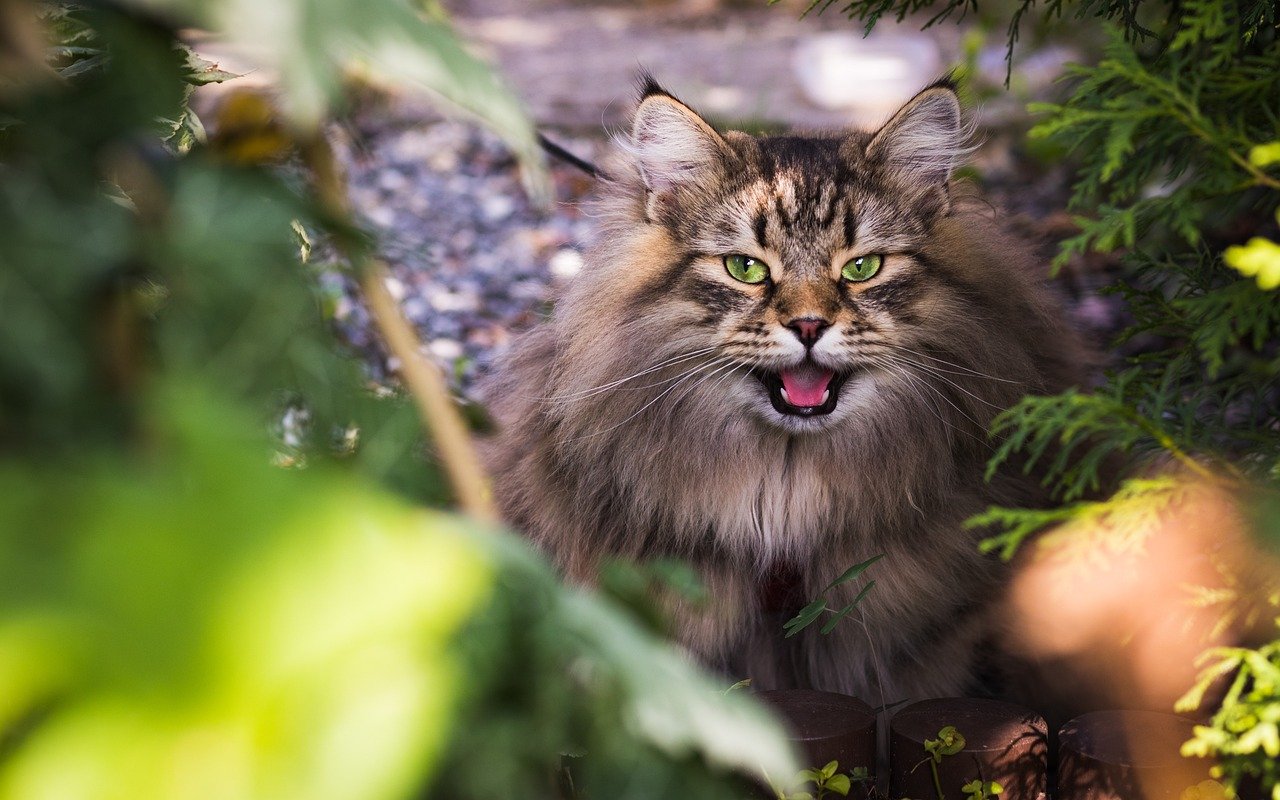
In Roman mythology, cats were associated with the goddess Diana, protector of animals and the hunt. Diana was often depicted alongside cats, symbolizing her connection to nature and the wild. The Romans admired the independence and grace of cats, qualities that were reflected in their deities and myths.
Slavic Folklore and the Domovoi
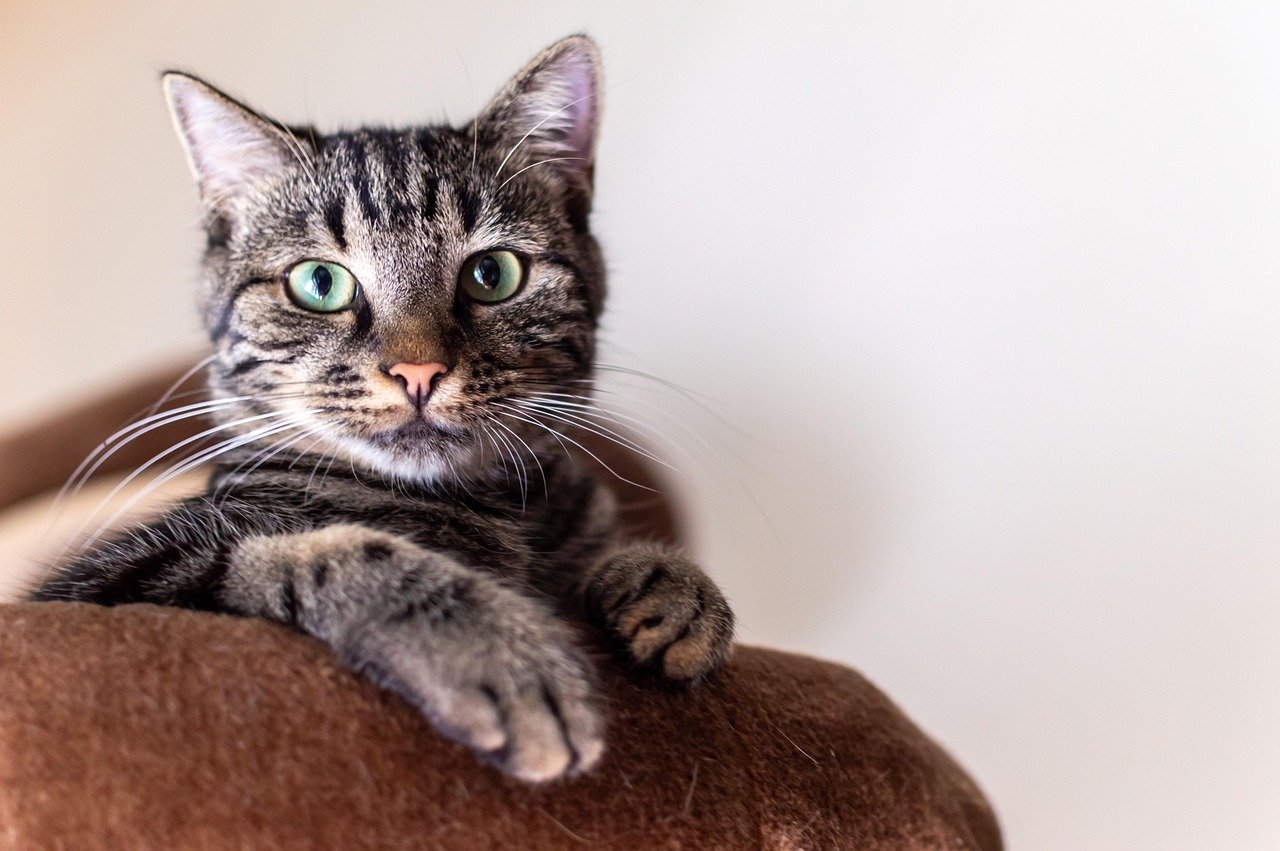
In Slavic folklore, the Domovoi is a household spirit often associated with cats. These spirits were believed to protect homes and families, and their presence was said to bring good fortune. Cats were seen as the Domovoi’s companions, and their presence in a home was thought to ensure harmony and prosperity. This connection between cats and protective spirits is a common theme in many cultures.
Ancient Greek Superstitions and Cats
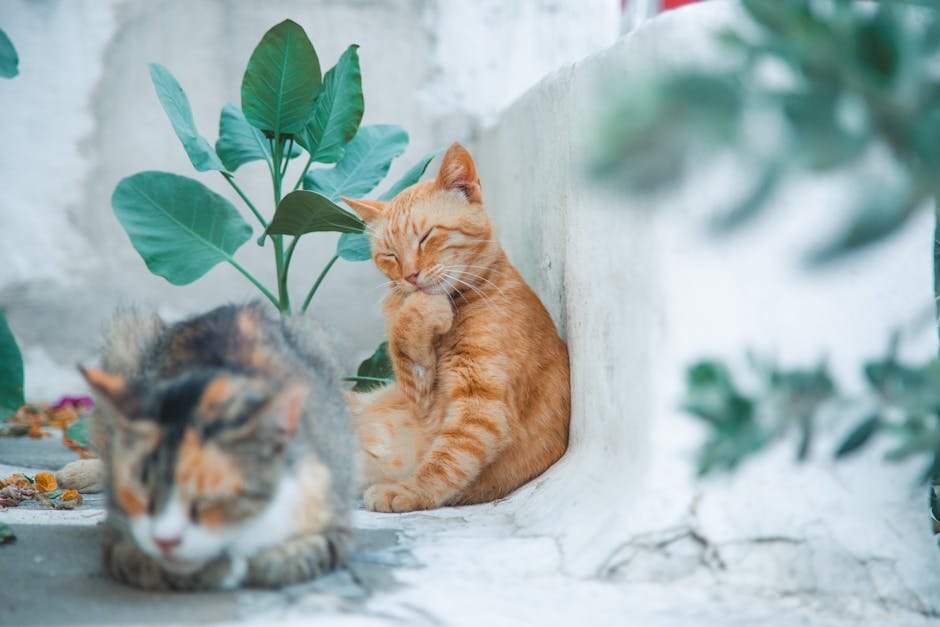
In ancient Greece, cats were often associated with superstitions and omens. They were believed to possess the ability to see into the future and were sometimes regarded as messengers of the gods. This belief in the mystical abilities of cats highlights their enigmatic nature and the fascination they have inspired throughout history.
Native American Legends and the Bobcat
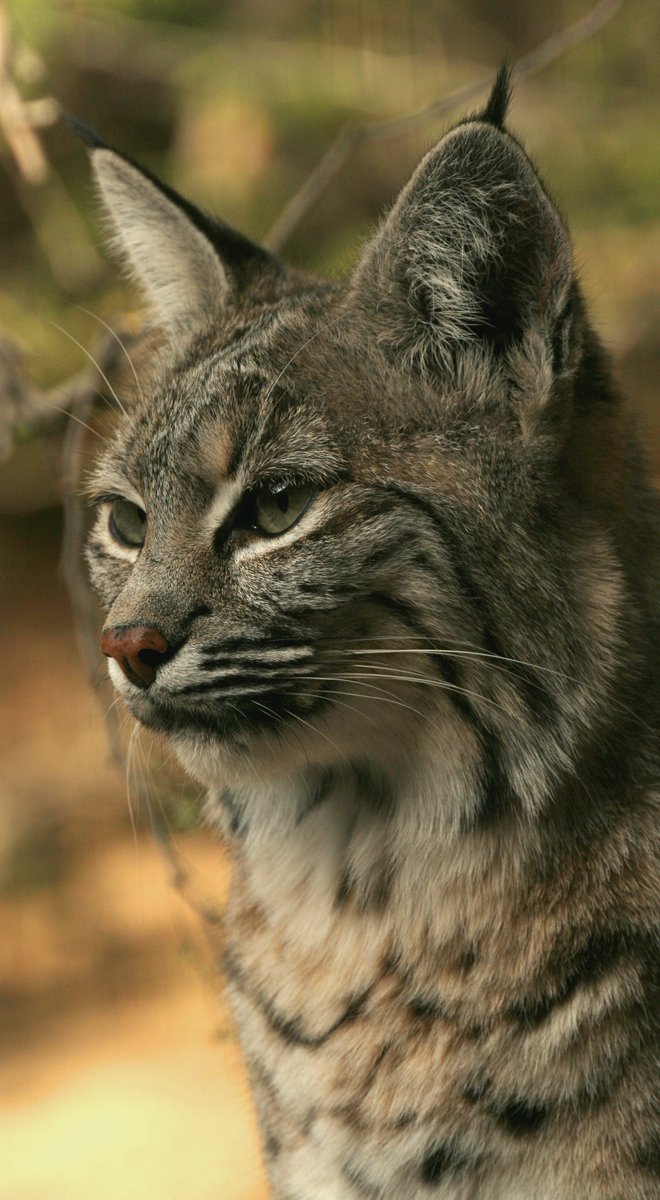
In Native American mythology, the bobcat is often depicted as a cunning and resourceful creature. These stories emphasize the bobcat’s adaptability and intelligence, qualities that are admired and respected in many Native American cultures. The bobcat’s presence in legends highlights the broader significance of feline creatures in indigenous storytelling.
The Role of Cats in Medieval European Myths

During the medieval period in Europe, cats were often associated with witchcraft and the supernatural. They were believed to be familiars of witches and were sometimes feared as omens of bad luck. Despite this negative perception, cats were also valued for their ability to control rodent populations, highlighting the complex relationship between humans and cats during this time.
Modern Interpretations of Ancient Cat Myths
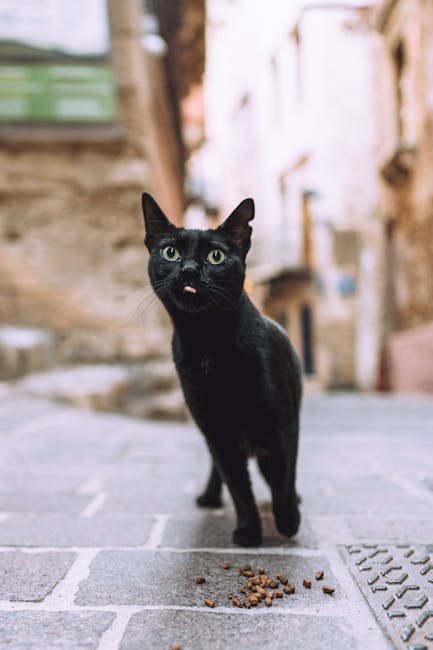
Today, the myths and legends of ancient cats continue to captivate and inspire. From literature to popular culture, these stories have left an indelible mark on our collective imagination. Modern interpretations often explore the symbolic meanings of cats, celebrating their mystery, independence, and grace. These timeless tales remind us of the enduring bond between humans and cats.
Cats have played a significant role in the myths and legends of cultures around the world. Their mysterious nature and unique characteristics have made them subjects of fascination and reverence throughout history. From ancient Egypt to modern interpretations, the stories of cats continue to captivate and inspire, highlighting their enduring significance in human culture.
Hi, I’m Bola, a passionate writer and creative strategist with a knack for crafting compelling content that educates, inspires, and connects. Over the years, I’ve honed my skills across various writing fields, including content creation, copywriting, online course development, and video scriptwriting.
When I’m not at my desk, you’ll find me exploring new ideas, reading books, or brainstorming creative ways to solve challenges. I believe that words have the power to transform, and I’m here to help you leverage that power for success.
Thanks for stopping by, Keep coming to this website to checkout new articles form me. You’d always love it!


